With the widespread adoption of blockchain technology, decentralized finance (DeFi) is gradually changing our perception of traditional finance. The Treehouse protocol introduces the TREE token, bringing a decentralized fixed income solution aimed at creating new profit opportunities for investors. This article will explore from various angles how the TREE token plays a role in decentralized finance and the innovations it brings to future financial markets.
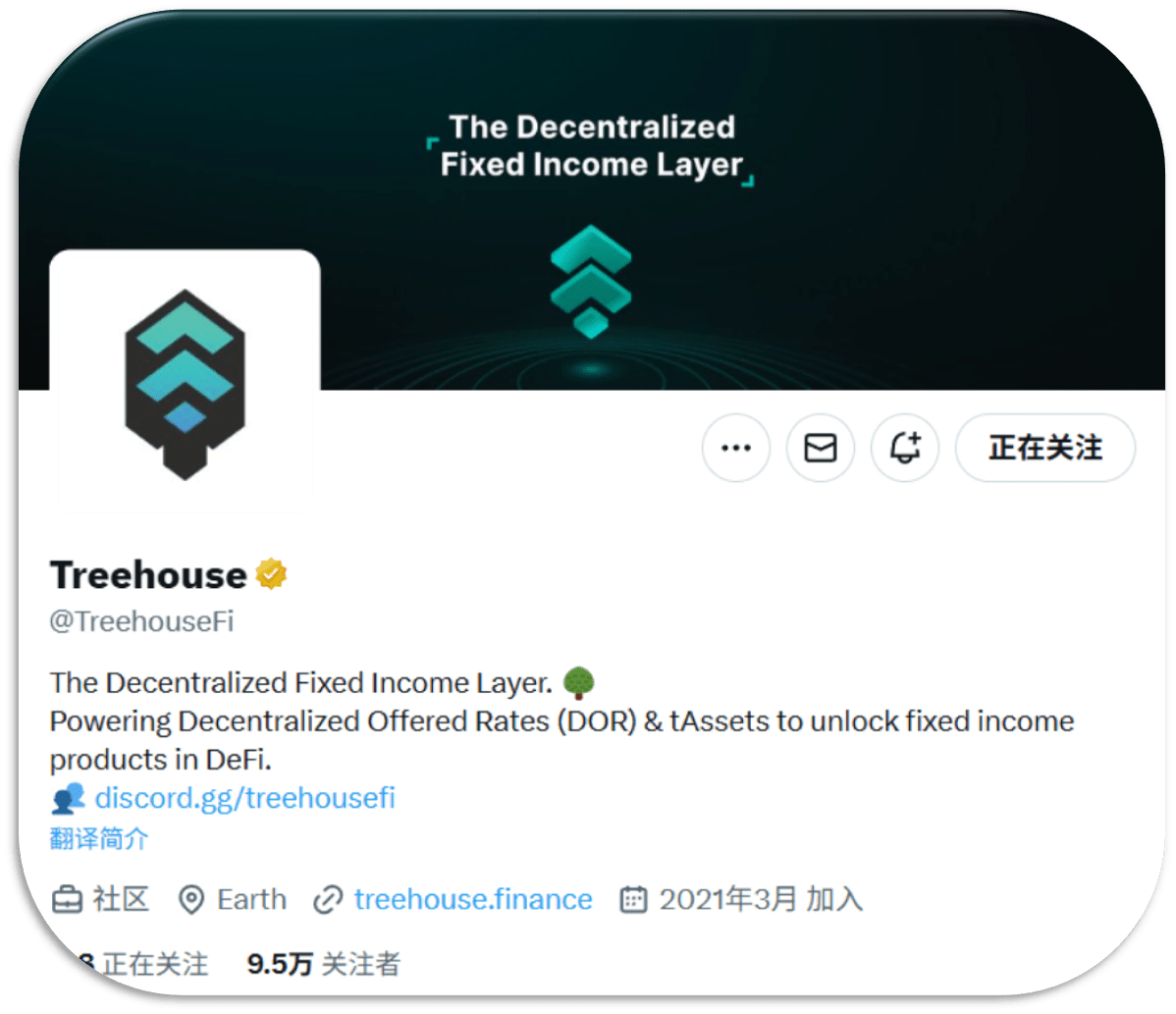
Main Functions of TREE Tokens: Governance and Rewards
The TREE token plays two important roles in the Treehouse protocol: governance and incentives.
Governance Function: The TREE token grants holders certain decision-making powers, allowing them to participate in the governance of the protocol. In other words, holders can provide opinions and suggestions on the future direction of the Treehouse protocol. This decentralized governance model gives users more sense of participation and voice compared to traditional centralized management.
Incentive Mechanism: The TREE token is also used as a reward tool to encourage community members to participate in data submission and interest rate prediction. By staking TREE tokens, panel members and delegates not only promote the operation of the protocol but also earn rewards through accurate interest rate predictions. This mechanism not only ensures the stability of the system but also encourages more people to participate in the Treehouse ecosystem.
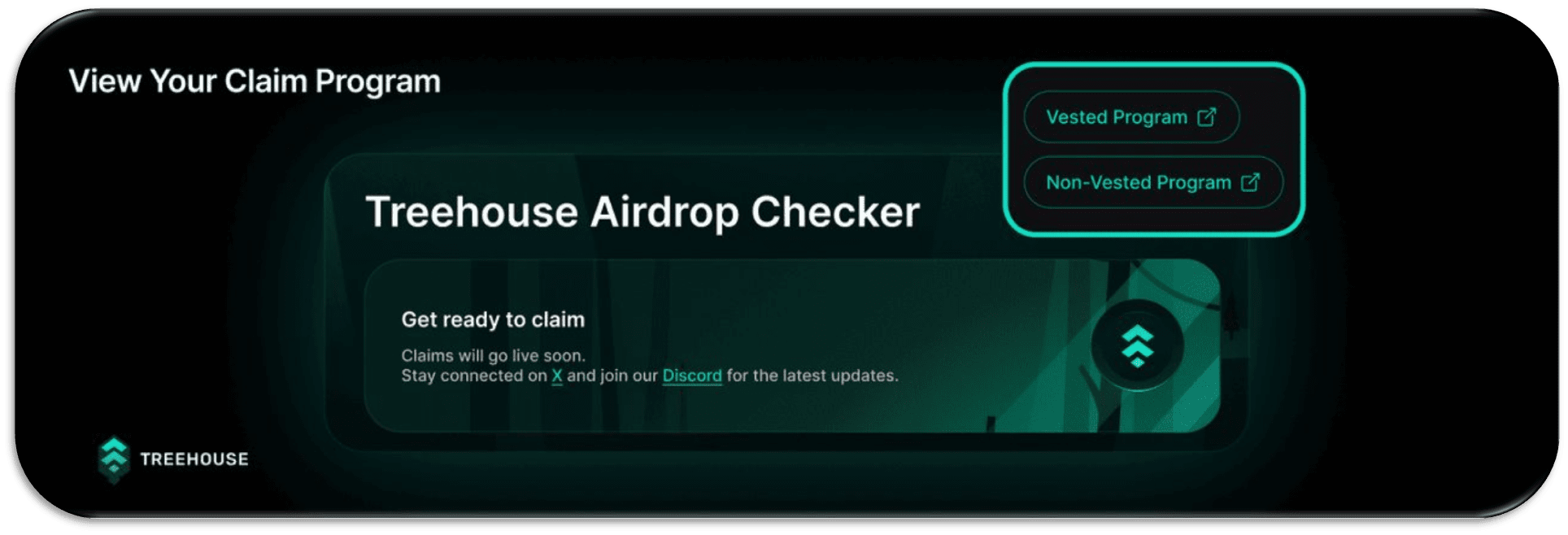
Synergy between tAssets and TREE Tokens: Innovative Yield Model
tAssets are one of the innovations of the Treehouse protocol, particularly tETH, which represents a liquid staking token (LST) that earns profits exceeding Ethereum's PoS interest rate through interest rate arbitrage. tETH is not just a simple staking token; it combines with lending protocols such as Aave and Spark for arbitrage operations, offering higher returns than traditional PoS.
The relationship between the TREE token and tAssets is closely intertwined. By staking TREE tokens, users can not only participate in the distribution of tAssets' yields but also help the Treehouse protocol maintain vitality in the decentralized interest rate market. tETH not only provides users with arbitrage opportunities but also offers cryptoeconomic security for the implementation of the decentralized quoted interest rate (DOR), making the entire system more robust.
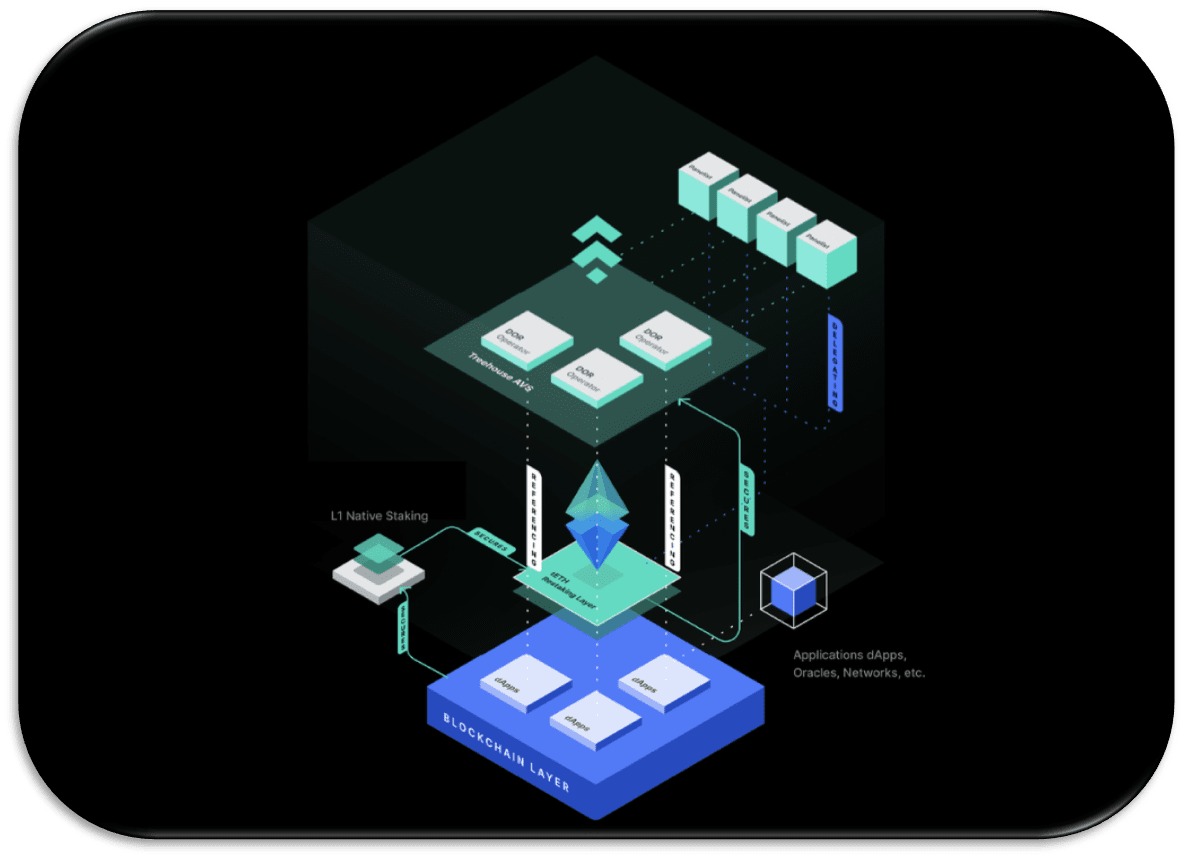
DOR: Decentralized Benchmark Interest Rate
DOR (Decentralized Quoted Interest Rate) is an important innovation of the Treehouse protocol, addressing the issue of interest rate manipulation in traditional financial systems. DOR aggregates market data through a new consensus mechanism to form a decentralized interest rate curve, ensuring transparency and fairness in interest rates.
The role of TREE tokens in DOR is crucial. After holders stake TREE tokens, they can participate in the interest rate prediction and data submission process, providing support for the entire interest rate system. Moreover, TREE tokens also incentivize market participants to maintain high-quality data submissions, ensuring the accuracy and reliability of DOR.
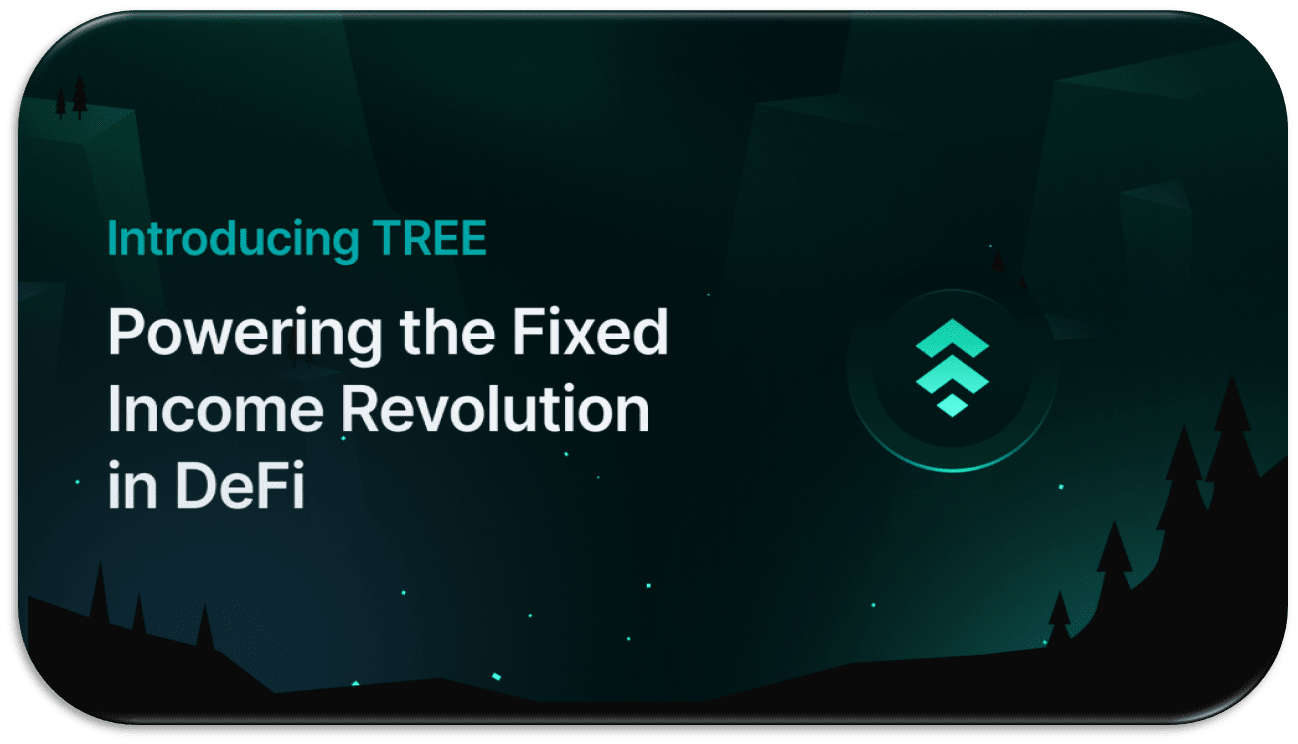
Transparency and Risk Control in Decentralized Finance
One of the greatest advantages of decentralized finance is its transparency, and the TREE token plays an important role in this aspect. Through decentralized governance and incentive mechanisms, the Treehouse protocol ensures the transparency of every decision and transaction, avoiding the hidden risks and conflicts of interest that may exist in traditional financial markets.
Additionally, the staking mechanism of TREE tokens effectively controls risks. By incentivizing users to provide accurate data, the protocol can maintain stable and efficient operations, reducing the risk of system crashes or data distortion.
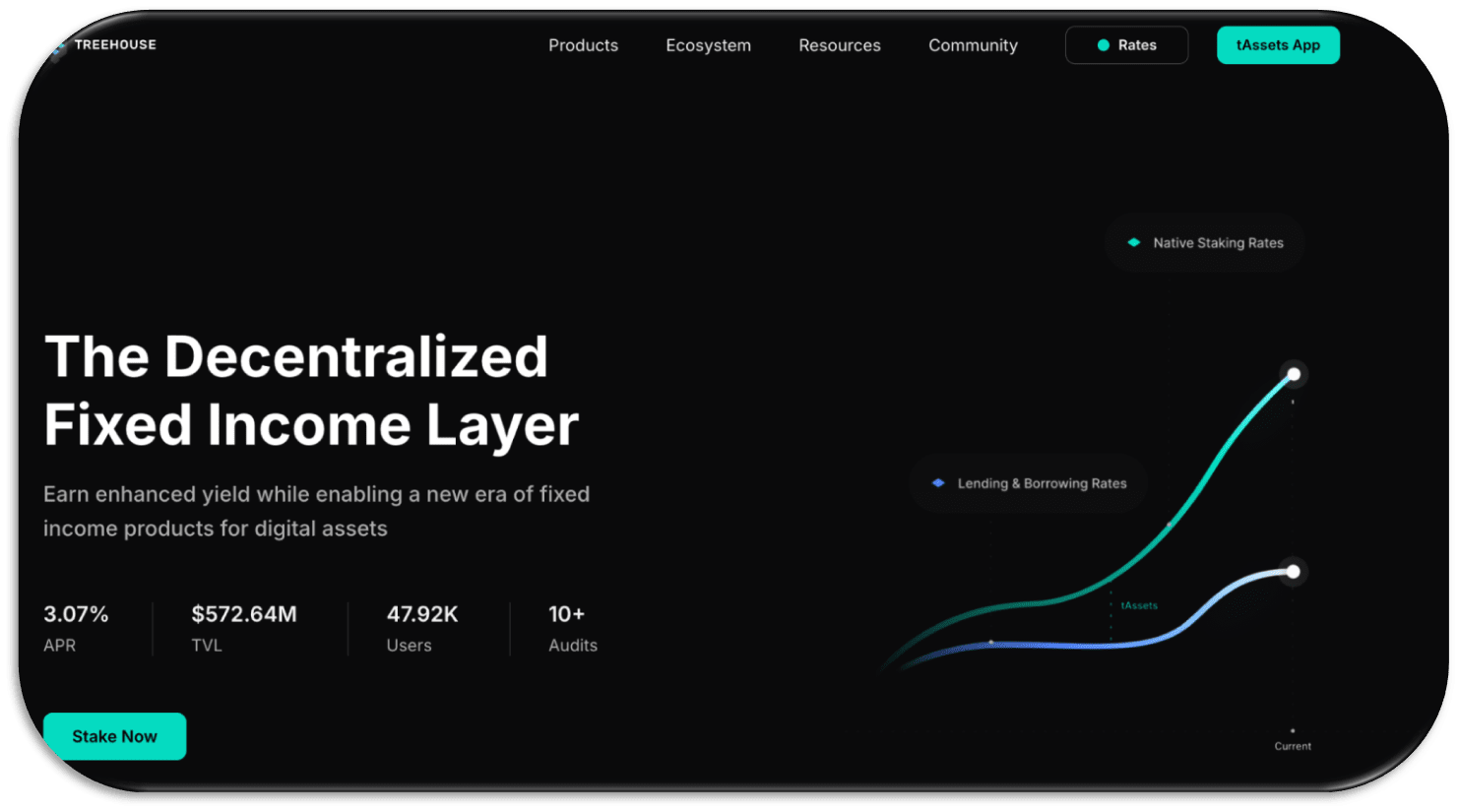
Economic Model and Token Release Plan of the TREE Token
The economic model of the TREE token is designed quite meticulously to ensure a balance of interests among all parties. The token distribution includes several parts such as strategic investors, team, ecological fund, and community rewards, each with a clear release plan to avoid drastic market fluctuations.
The timeline for the token release plan is also very reasonable. For example, the tokens of strategic investors will only begin to unlock after six months, while the tokens of the team and core contributors will start unlocking after twelve months. This arrangement helps ensure the long-term stability of the protocol and avoids excessive selling pressure in the short term.
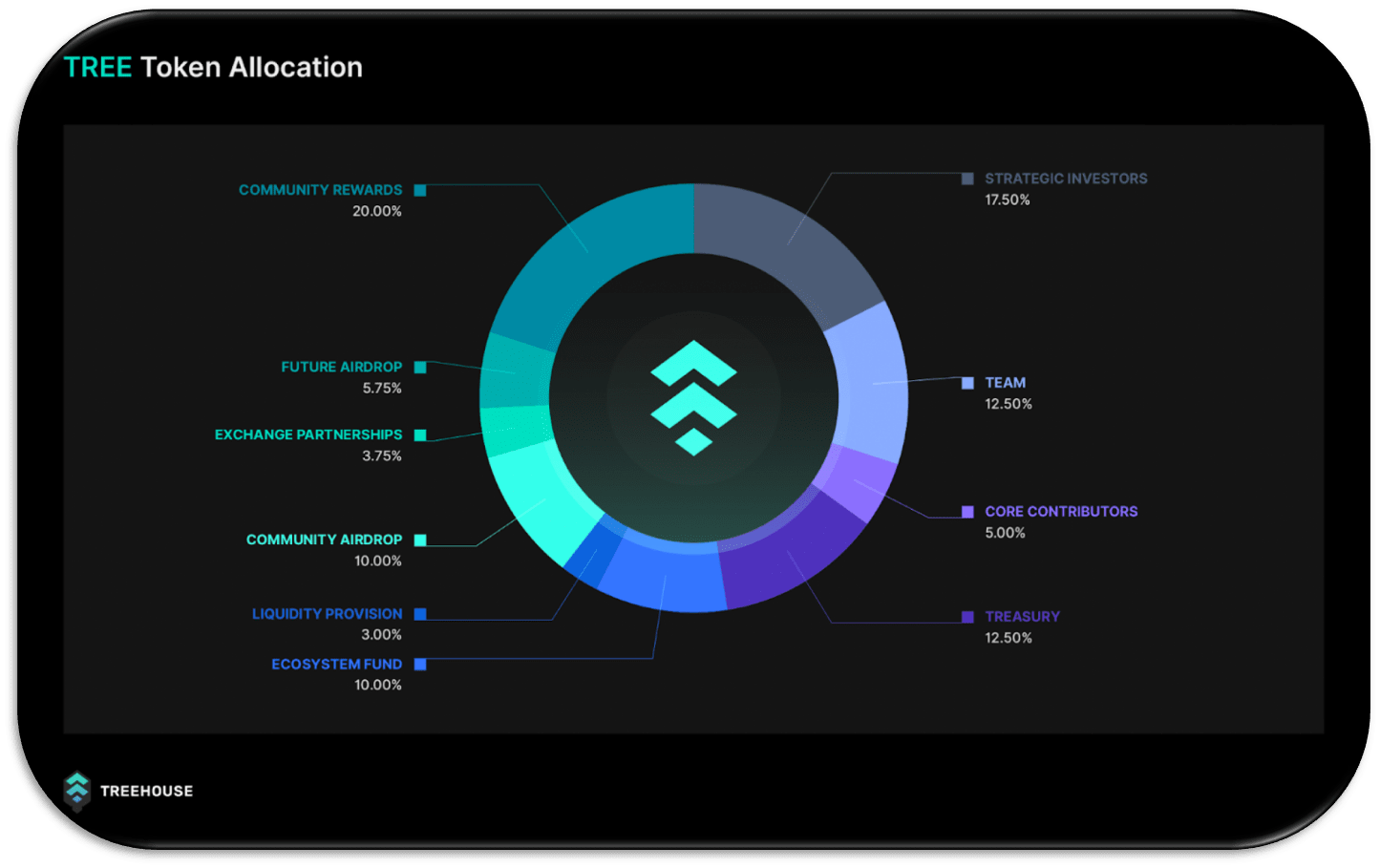
Future Development: Cross-Chain and Global Expansion
The future development roadmap of the Treehouse protocol is very ambitious. In addition to plans to promote tAssets to other blockchain platforms such as BNB and Solana, the protocol also aims to enhance accessibility through L2 expansion. Furthermore, the protocol will encourage more DeFi projects to integrate with tAssets, providing more profit opportunities for the market.
As these plans are gradually implemented, the application scope of TREE tokens will continue to expand. By increasing support for cross-chain and L2, the Treehouse protocol will become a truly globally influential decentralized finance platform.
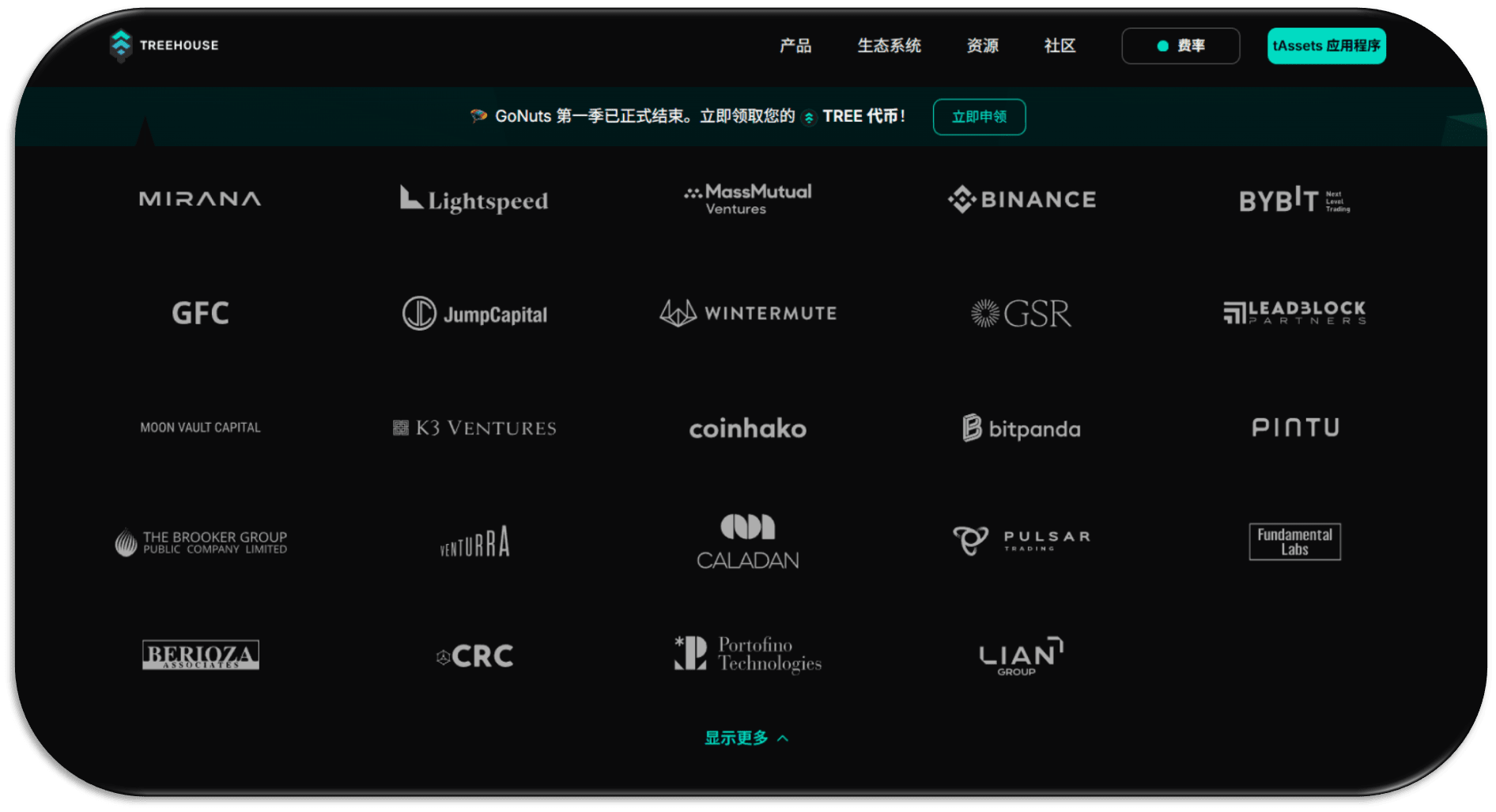
Summary
The TREE token is not just a simple token; it represents the future direction of decentralized finance. By introducing tAssets and DOR, the Treehouse protocol offers users unprecedented fixed income opportunities while providing a more secure and transparent benchmark interest rate for the decentralized market. Through its governance function and incentive mechanism, the TREE token not only ensures the healthy operation of the protocol but also promotes the development of the entire decentralized finance ecosystem. With future expansions and innovations, the TREE token will undoubtedly occupy an important position in the field of decentralized finance.





